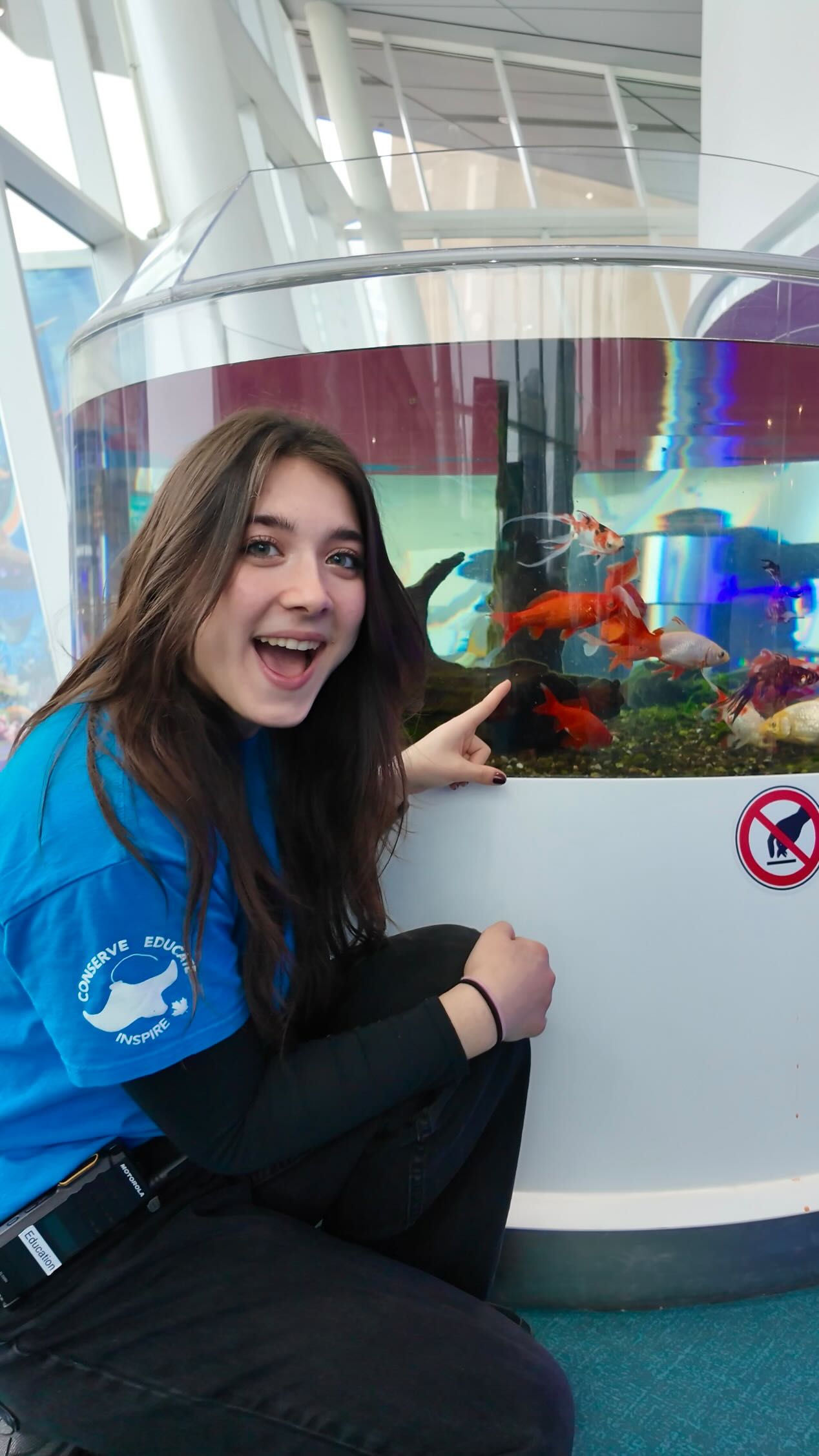- Goldfish, originally ornamental, can grow up to the size of a football, posing a unique spectacle and environmental challenge.
- These fish hold the distinction of being one of the first exotic species introduced to North American waters.
- The invasive presence of goldfish in ecosystems like Lake Ontario highlights the environmental repercussions of releasing pets into the wild.
- Educational initiatives and responsible pet ownership are essential in fostering local conservation efforts.
- Witnessing these dynamic fish first-hand at aquariums and through educational content can bolster public awareness and conservation actions.
Goldfish, often seen as charming pets in homes across the globe, can astoundingly grow up to the size of a football. This phenomenon not only captivates those intrigued by aquatic life but also poses ecological challenges, particularly in sensitive environments. Originating from East Asia, goldfish were initially bred for their vibrant colors and ornamental appeal rather than size. Under the right conditions, particularly in the wild, these humble fish can expand significantly beyond their typical aquarium size, often exceeding a foot in length. This ability to grow large is predicated on factors including abundant food, space, and favorable water conditions.
First brought to North America for ornamental purposes, goldfish have since transitioned from household tanks to many of the continent’s freshwater habitats. As one of the inaugural non-native species introduced to American waters, their history intertwines deeply with human leisure and trade. While they add aesthetic value to ponds and tanks worldwide, their history in North America serves as a reminder of the unforeseen impacts of introducing alien species to new environments, where they can adapt and flourish.
The introduction of goldfish into places like Lake Ontario reveals significant insights into the challenges posed by invasive species. When released into the wild, whether intentional or accidental, these fish can adapt quickly to natural ecosystems. They are known for their resilience, able to survive in a variety of environmental conditions. This adaptability, while showcasing their hardiness, often means they outcompete native species for resources like food and breeding grounds. As a result, local biodiversity can suffer, leading to an imbalance in the ecosystem. The presence of these oversized goldfish, especially in large numbers, disrupts the natural habitat, posing a severe challenge for native aquatic life.
Combating this invasive issue is a multi-faceted effort requiring both public education and regulatory measures. Responsible pet ownership is central to these efforts, highlighting the necessity of careful consideration before releasing any pet into the wild. Many people underestimate the implications of releasing goldfish into non-native environments, unaware of the potential ecological damage. Public awareness campaigns strive to educate fish owners about the importance of keeping aquarium species contained and the potential alternatives available, such as donating fish to responsible aquariums.
Educational facilities such as aquariums play an essential role in these conservation initiatives. By providing an opportunity for the public to engage with goldfish and other aquatic species in a controlled environment, these institutions foster an appreciation for aquatic life and the challenges they face. Visitors are encouraged to learn about species conservation and the broader impacts of human actions on local ecosystems. Sharing knowledge about goldfish and their behavior, size potential, and environmental impacts is vital for instigating community-driven conservation efforts.
In providing fun and informative experiences, aquariums and educational resources can galvanize action toward responsible pet care and environmental stewardship. Schools, communities, and families are invited to participate in these educational efforts by sharing videos and resources that emphasize the beauty and ecological importance of species like the goldfish. By engaging with such content, people can develop a deeper understanding of the significance of conservation, inspiring actions that contribute positively to the environment.
The intersection of goldfish’s natural biology and human activity presents a compelling study in both aquatic biology and environmental science. Understanding how goldfish can grow up to the size of a football offers insights into their biology while serving as a distinct reminder of the potential magnitude of human impacts on nature. For those in the field of zoology, wildlife conservation, and environmental management, focusing on cases like that of the goldfish is crucial in forming strategies that prevent further ecological disturbances and promote biodiversity.
Through education, regulation, and community involvement, we can tackle the invasive potential of goldfish while appreciating their intricacies and contributions to our aquatic ecosystems. Addressing the goldfish phenomenon serves as a microcosm of broader environmental challenges, urging both individuals and institutions to act responsibly and sustainably towards preserving aquatic biodiversity.
*****
Source Description
Goldfish can grow up to the size of a FOOTBALL 🏈
Swim along with us as we learn more fun facts about goldfish, and how they are invasive to Lake Ontario!
Did you know that goldfish were one of the first foreign species to be introduced to North America?
We can help local conservation by educating ourselves, and sharing what we learn with others; you can share this video with friends and family, or swim by our aquarium to see these spe-SHELL fish for yourself! 🇨🇦


